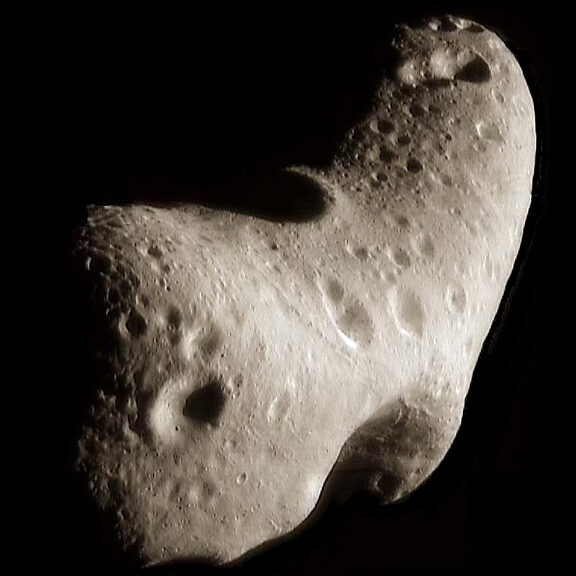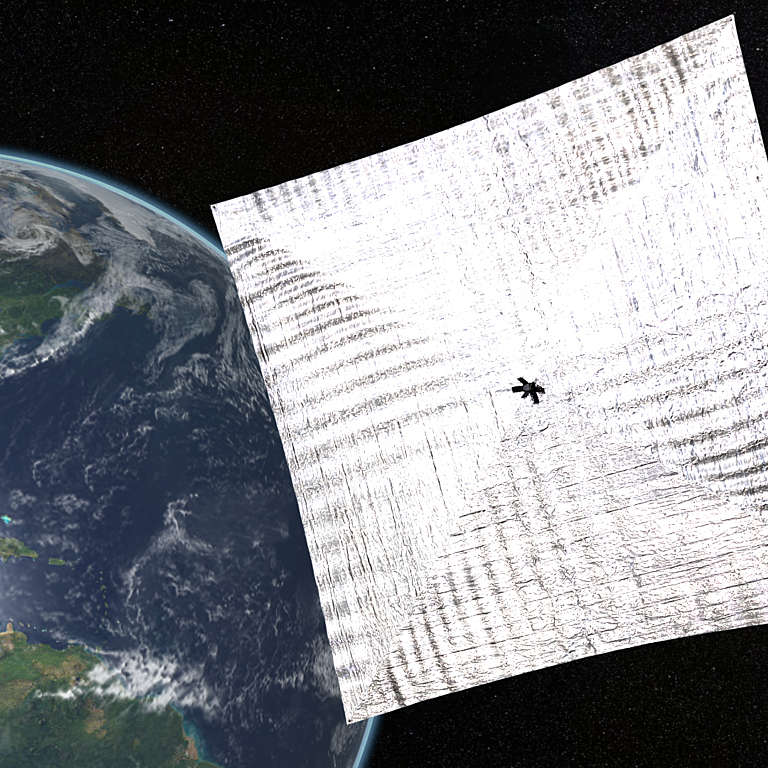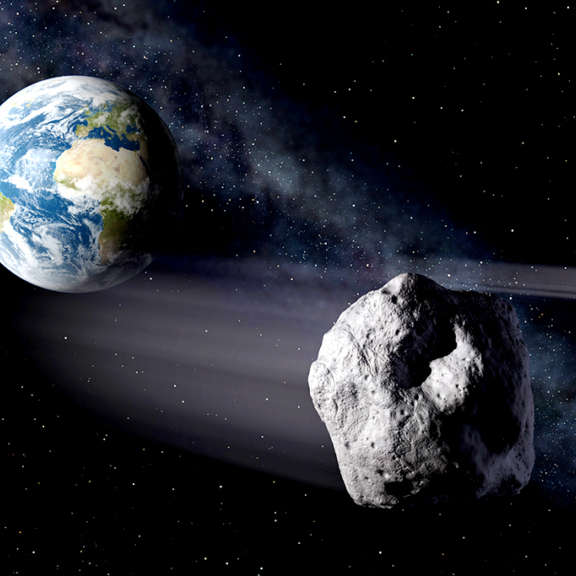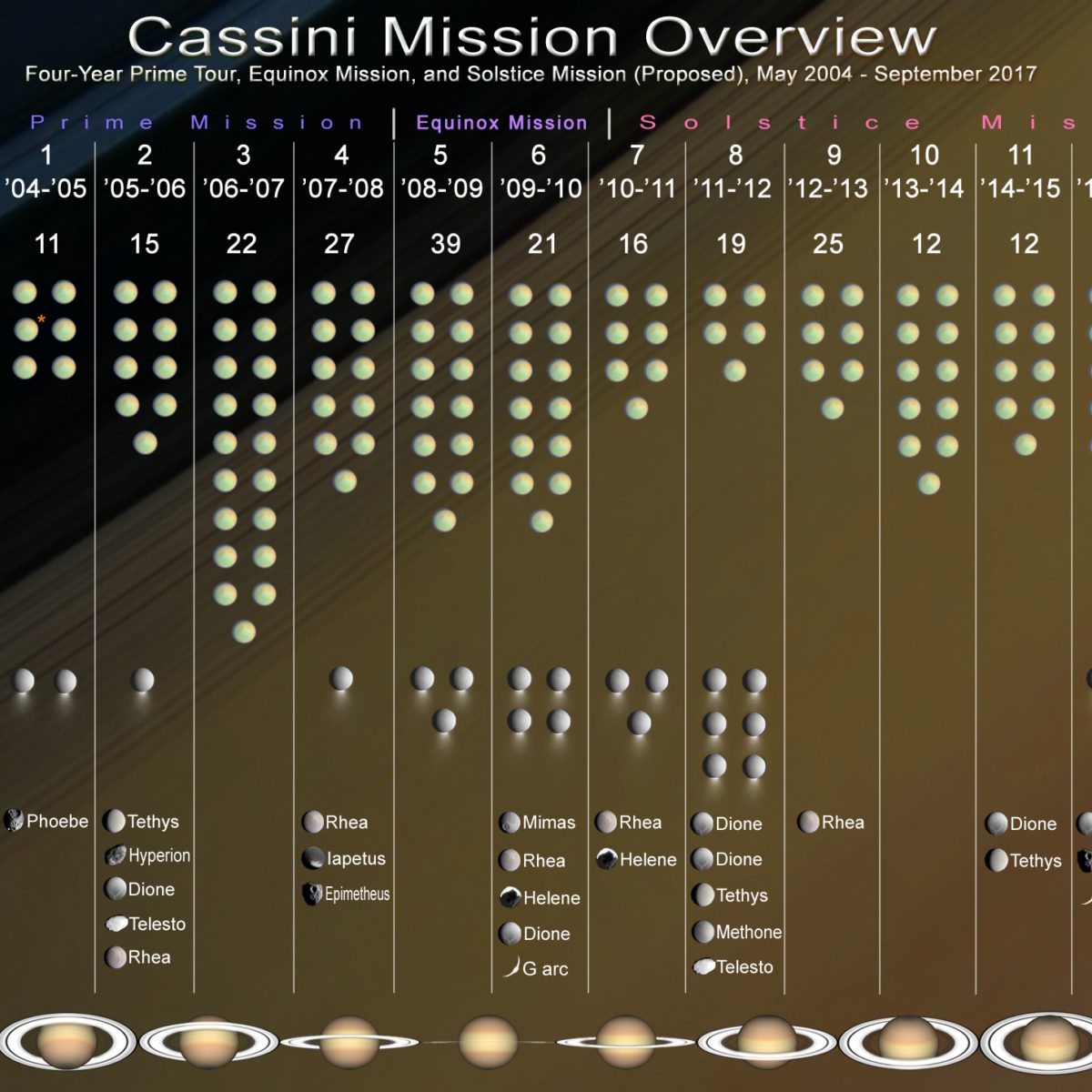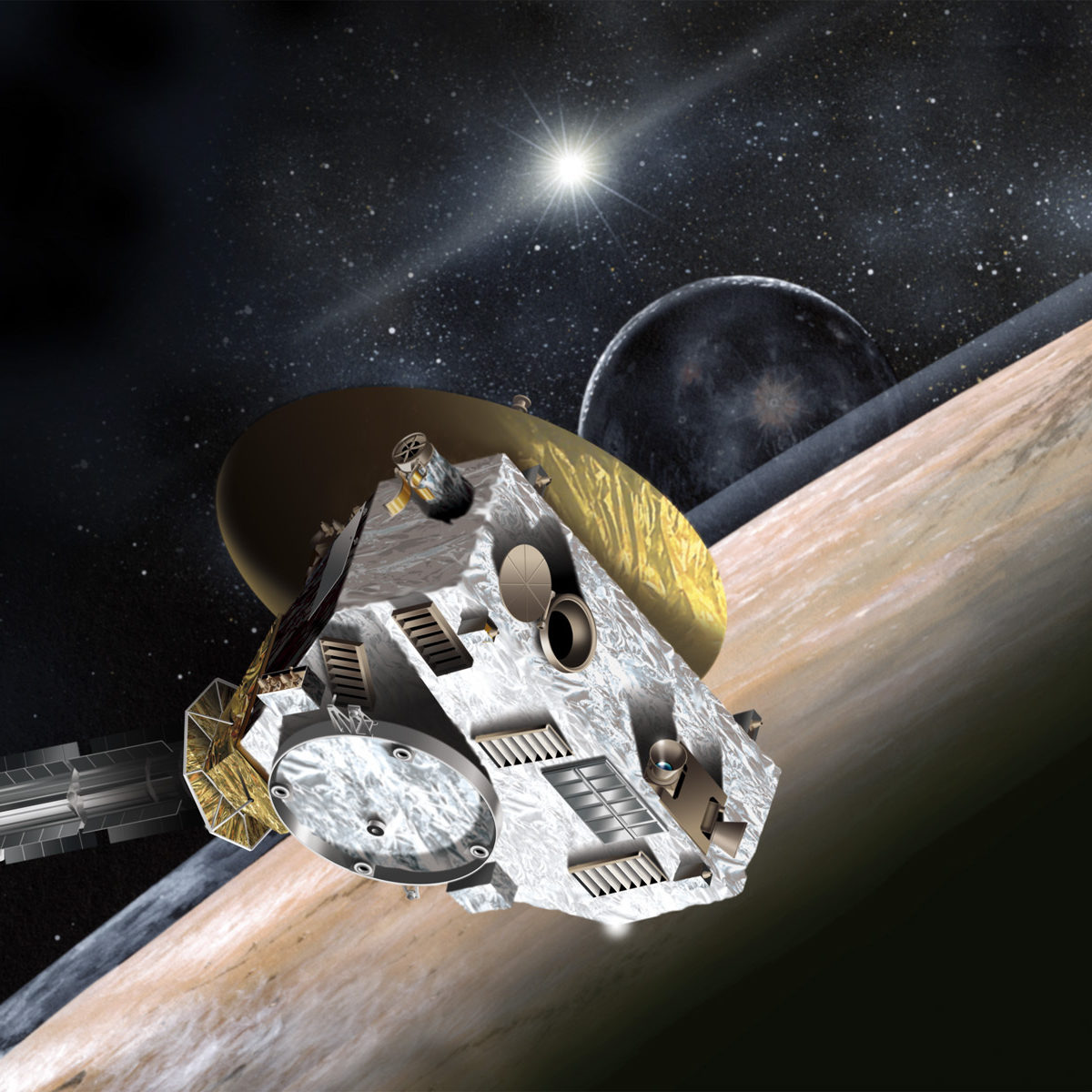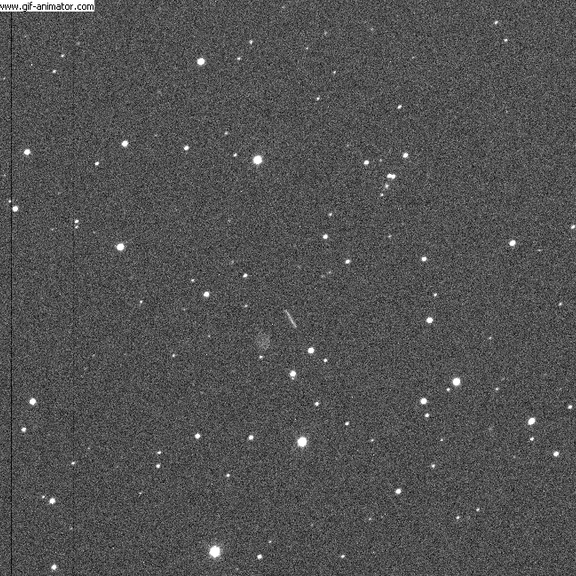All
All
Stories, updates, insights, and original analysis from The Planetary Society.
Propose for a Shoemaker Near Earth Object Grant
Are you a serious amateur astronomer who enjoys the challenge of following up on the discoveries of faint near-Earth objects?
Planetary Society Researcher Max Rocca Discovers Largest Impact Crater in South America
It was January of 2004 when the elegant curve of the Vichada first caught the attention of geologist Max Rocca of Buenos Aires. Could the course of the river have been shaped by the circular outlines of an impact crater? Rocca decided to find out.
WISE has found its first comet, P/2010 B2 (WISE)
Having discovered its first asteroid on January 12, Wide-field Infrared Survey Explorer (WISE) has now officially discovered its first comet, P/2010 B2 (WISE).
What Will Be the Top Space Story in 2010?
What do you think will be the top trend in space in 2010? In his Cosmic Log on MSNBC, Alan Boyle suggests that The Planetary Society's solar sailing project may be a contender.
Send Your Name to Venus, now with a certificate!
I wrote a few weeks ago about a new Send Your Name to Venus campaign conducted by the Akatsuki mission. Now The Planetary Society has arranged with JAXA to collect names and messages on our website.
LightSail Garners News Headlines
The Planetary Society's new solar sail project -- LightSail -- has generated headlines and hundreds of news stories since it was announced on Monday.
LightSail Featured on NPR's Science Friday
Our Executive Director Lou Friedman joins host Ira Flatow on NPR's Science Friday -- November 13 -- for a live chat about The Planetary Society's exciting new solar sail project.
A million dollars says The Planetary Society can make a solar sail fly
The Planetary Society announced today that an anonymous donor has put up one million dollars to help us get a solar sail in flight.
FINDS Exo-Earths Starts Up: Testing the Prototype
The prototype that Julien constructed in the lab was taken to Lick Observatory, and we had our first-light run with the fiber in July.
Optical SETI's Growing Capabilities
Often, the phrase “next steps” has been known to describe things that don't actually happen. But for The Planetary Society's All-sky Optical SETI, it's different. Here's what's happened in the last year.
Send your name to Venus with Venus Climate Orbiter (PLANET-C), now known as Akatsuki
The Japanese space agency's science missions have an abundance of names. They start out with a programmatic name, like MUSES-A, PLANET-A, etc. -- which might be like calling NEAR
Apophis is less scary than it used to be
Based on analyses of previously unstudied telescopic data, NASA scientists have released new predictions for the path of the 300-meter-diameter asteroid Apophis.
Phobos Grunt including Phobos LIFE Delayed Until 2011
Today, the Russian space agency, Roscosmos, decided to delay from 2009 to 2011 the launch of the Phobos Grunt mission to study and return samples from the Martian moon Phobos.
Astropulse: A Fresh Look at the Skies in Search of E.T.
If you were a member of an alien civilization trying to communicate across the immeasurable distances of space, how would you go about it?
Designing the Cassini Tour
Each Titan flyby is not a fork in the road, but rather a Los Angeles style cloverleaf in terms of the dizzying number of possible destinations. So how did our current and future plans for the path of the Cassini spacecraft come to be? That's the question Dave Seal put to me since that's my job -- I am a tour designer.
SERENDIP Takes a Great Leap Forward
Just when SETI@home is celebrating its 10th anniversary, its older brother, Project SERENDIP, is getting a general makeover.
Ever Plan Ahead? How About Six Years Ahead?
Despite still being more than six years and just over 18 Astronomical Units from the Pluto system, the project team for New Horizons is conducting the second and final portion of our Pluto Encounter Preliminary Design Review (EPDR) tomorrow and the next day.
Grant Winners at the 2009 Planetary Defense Conference
A few days ago I had the honor of announcing the latest winners of The Planetary Society's Gene Shoemaker NEO grants here at the Planetary Defense Conference in Granada.
Fly me to the Moon...
Jim Bell describes his proposal to join the Lunar Reconnaissance Orbiter Cameras science team.
The 2009 Gene Shoemaker NEO Grant Recipients
In 2009, The Planetary Society awarded $18,300 as part of its Gene Shoemaker Near Earth Object (NEO) Grant Program. The grants were made to a group of international researchers to find, track, and characterize potentially hazardous NEOs.


 Explore Worlds
Explore Worlds Find Life
Find Life Defend Earth
Defend Earth


 Sun
Sun Mercury
Mercury Venus
Venus Earth
Earth Mars
Mars Jupiter
Jupiter Saturn
Saturn Uranus
Uranus Neptune
Neptune Small Bodies
Small Bodies